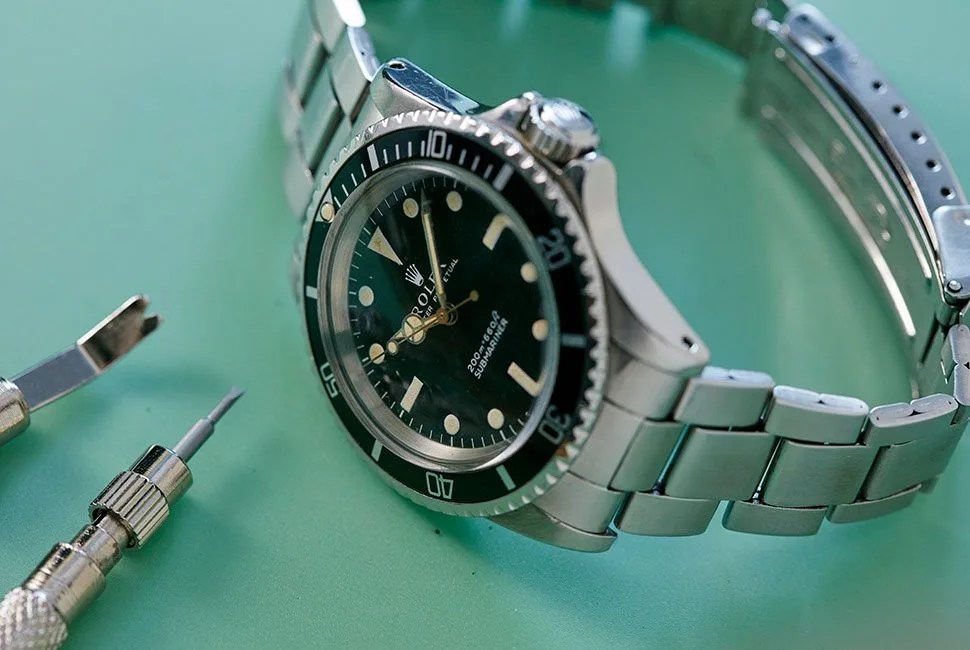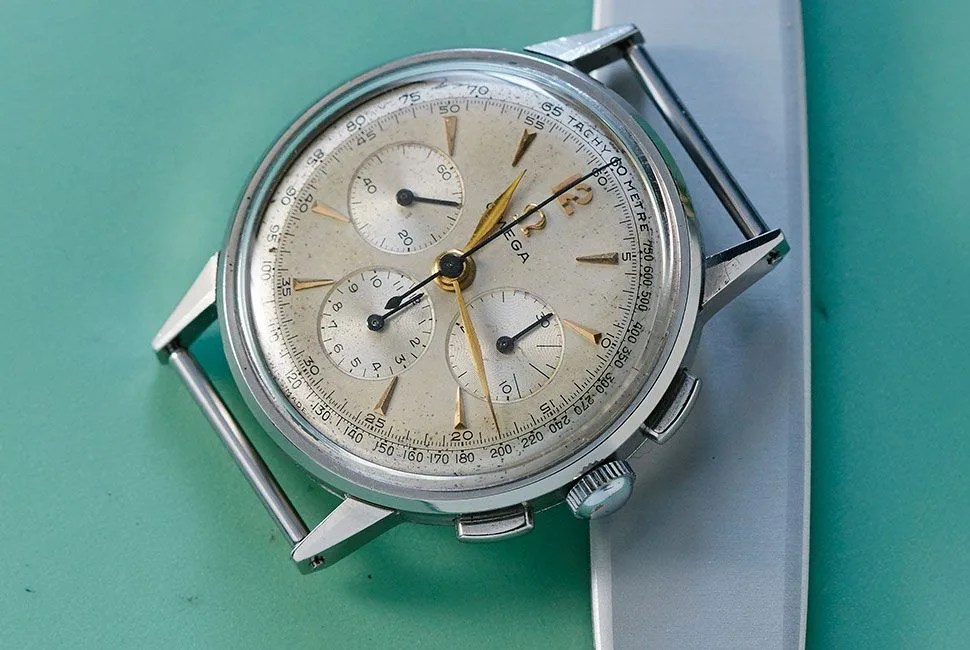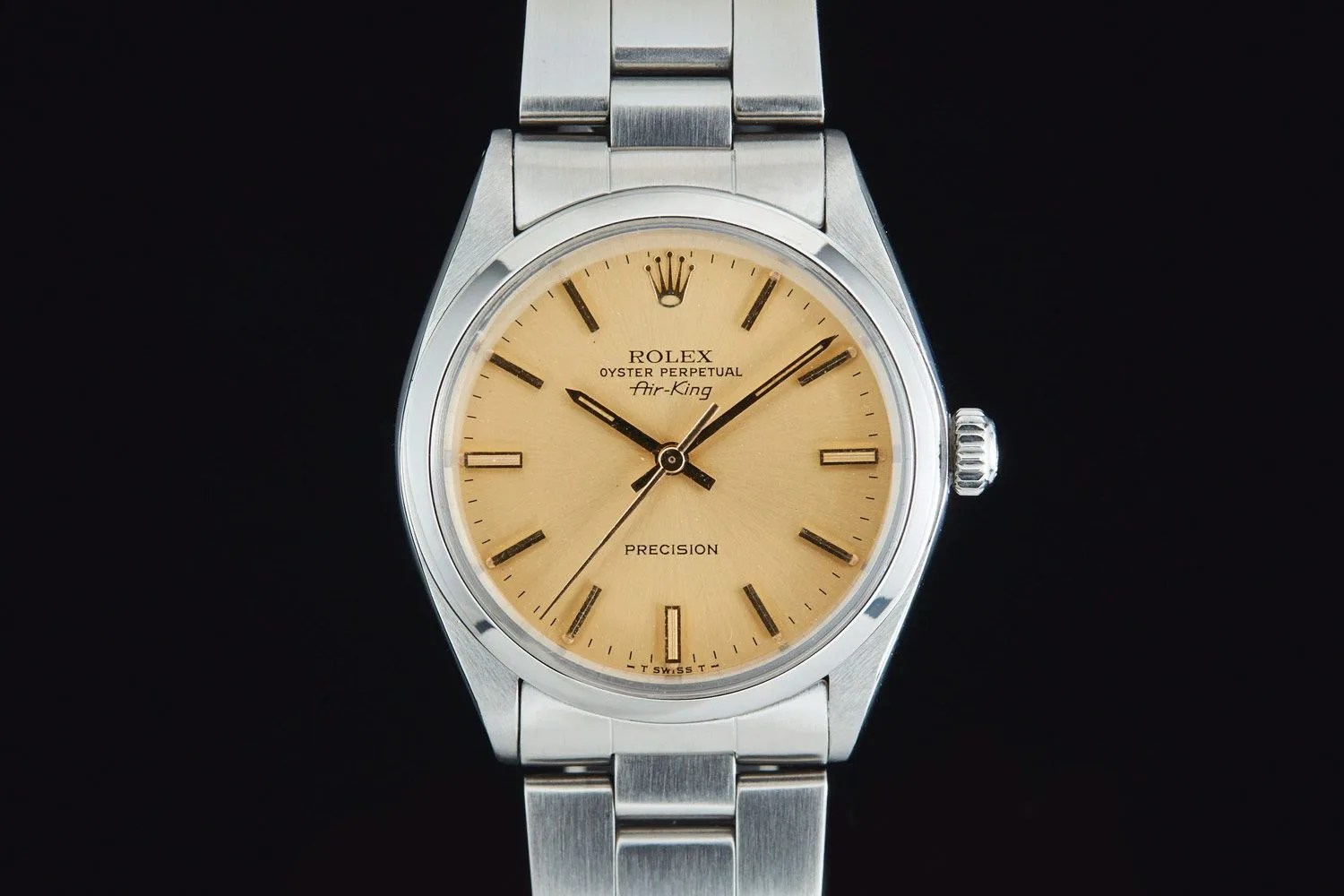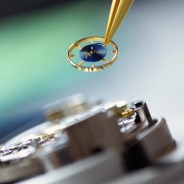How does one break into the confusing, esoteric world of watch nerdery? Our new column, “How to Be a Watch Guy,” aims to answer all your new watch guy questions, and help you navigate the always exciting — but sometimes intimidating, complicated, and pricey — world of watches.
Interest in vintage timepieces has reached an all-time high. Some people become enamored by the watches’ stories; others seek the unique look and feel of a watch that has aged naturally over many decades. But with this enthusiasm come new questions about how to care for and what to expect from these miniature machines. These are some of their most commonly voiced questions and concerns, as well as some of the most persistent myths about vintage that need to be dispelled once and for all.
Myth #1: You Need a Watch Winder
Watch winders have become a popular trend among owners of watches with self-winding or automatic movements, the idea being that you should keep the watch moving, whereby keeping the mainspring fully wound. But the truth is that winders aren’t good for your vintage watch. Not only does the constant winding put undue wear on the winding system of the watch, it also burns through lubrication faster – think of it as leaving your vintage Porsche idling in your garage.
 Atom_Moore
Atom_MooreInstead, store the watch and allow the mainspring to unwind. When you come back to put it on, simply set the time (and date, if applicable) and give the crown about 15-20 clockwise turns. Almost every watch, regardless of the movement, is designed to take a manual wind. Winding the watch in this way will put a small charge into the mainspring, ‘priming’ the movement and making it easier for the automatic winding system to take over. Once it’s ticking, the watch will do the rest.




